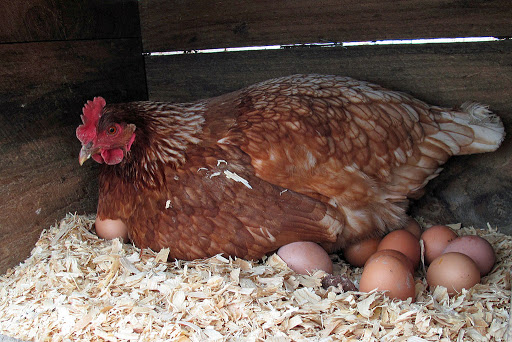

The new coronavirus pandemic has come with numerous challenges for poultry farmers. First, there are challenges in marketing of eggs due to the limited operations of restaurants, supermarkets, open-air markets and schools.
Second, most raw materials for making feeds for layer birds come from neighbouring countries that now allow only limited cross-border movements.
Third, most farmers are having cash-flow problems because when one is not selling, overheads become a problem.
Commercial egg production is expensive and the challenging stages include raising day-old chicks, pest and disease control where several diseases that include Newcastle disease, gumboro, fowl pox and fowl typhoid have strict schedules. Other challenges include expensive feeds for each stage, routine management such as de-beaking and marketing. Below is a model of how to maximise production from 10 birds in a deep litter or cage production system.
The numbers
Ten layer birds of 18-19 weeks (preferred) but birds less than one year can do. Layer feed at the rate of 1.2-1.5kg per day. One or two poultry feeders of 3kg size and one or two poultry drinkers of three-litre size. Adequate supply of clean water.
Deep litter
You need an empty room approximately 20 feet squared with adequate lighting or provision of electricity as layers require about 16 hours of light for optimal egg production. The room can be a garage, an unused outside kitchen, unoccupied servant quarter or any vacant house in the compound. Saw dust for bedding.
Cage system
Affordable poultry cage construction materials that include galvanised welded mesh, off-cuts and bamboo sticks. Simple construction tools like a hammer, pliers, hacksaw, nails, binding wire, canvas or thatch grass.
Cage construction
Use galvanised wire mesh or any other construction material to make 3 X 5 x 2ft cage walls. Use galvanised wire mesh for the floor so that the faecal materials drop to the ground.
Cover the roof with a canvas, black polythene paper, thatch grass or old iron sheets to protect the birds from extreme weather conditions.
Place the cage on a wooden frame, stones or any other raised structure so that it is about 2 feet above the ground to protect the birds from pests and parasites and to allow for the faecal material to drop to the ground where it can be collected for use in compost fertiliser production. Use sisal ropes or binding wire to hang the drinkers and feeders from the roof such that they are at least one foot from the ground.
Management
Each bird will consume between 120 and 150 grammes of feeds per day and clean water should be provided throughout the day.
Feed is sold at agrovet shops from a minimum of 1kg to a 70 kilogramme bag. An old basin or wooden trough lined with saw dust or dry grass will do as a laying box. One expects to raise 8-10 eggs per day until the birds are 12 months old when production starts to decline and the birds can be sold for meat at this stage. Clean eggs can have a shelf-life of 1-2 months if stored in egg trays in a cool atmosphere.
 Contact Jaguza Support
Contact Jaguza Support